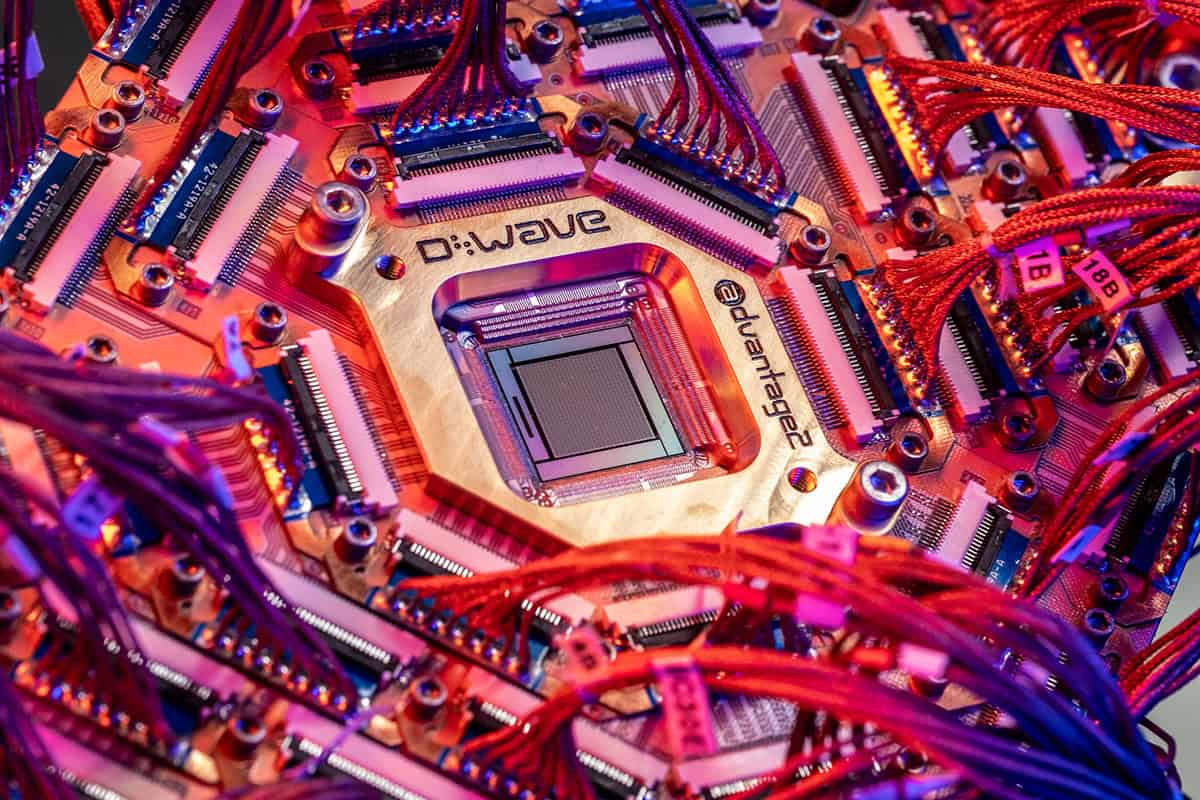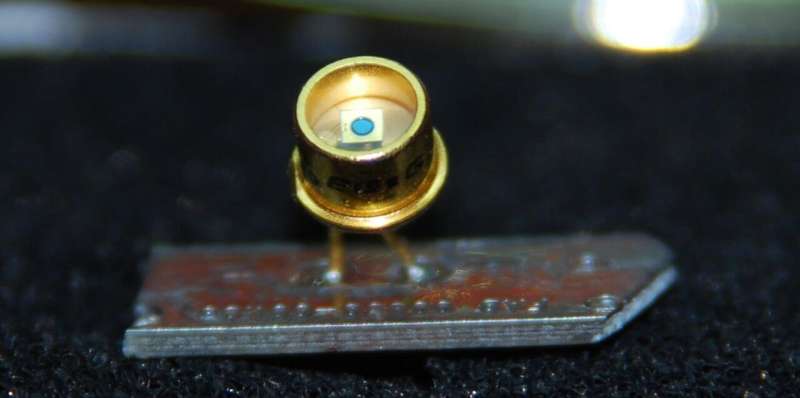The interstellar object known as 3I/ATLAS has once again become visible to Earth-based telescopes, displaying a noteworthy change in color. This third interstellar visitor, which has intrigued scientists and sparked discussions across social media platforms, now exhibits a faint bluish hue. It had previously been obscured from view as it traveled behind the Sun, approaching Mars.
As it neared the Sun, 3I/ATLAS transitioned from appearing red to a striking blue, an anomaly that has captured the attention of researchers. According to Avi Loeb, a theoretical physicist and the head of the Galileo Project at Harvard University, the blue color challenges previous assumptions about its nature. Typically, comets display a reddish hue due to sunlight scattering off their surfaces. Loeb noted that the dust on these objects can create a reddish appearance, especially when they are colder than the Sun’s surface temperature of approximately 5,800 degrees Kelvin.
Scientific Observations and Implications
The shift in color to blue suggests that 3I/ATLAS may not be a comet, as was initially hypothesized. This observation adds to the growing list of anomalies associated with this interstellar object. Loeb emphasized that the blue color observed at perihelion should be regarded as a significant finding, stating, “We must therefore add the blue color at perihelion as a ninth anomaly to the list of unexpected properties.”
Recent images of 3I/ATLAS were captured by the R. Naves Observatory in Begur, Spain, on November 5, 2025. The continued study of this object is crucial, as it provides valuable insights into the composition and behavior of interstellar bodies, which are typically asteroids or comets originating outside the solar system.
Loeb has sought to collaborate with NASA to obtain data regarding 3I/ATLAS from the Principal Investigator for the HiRise camera. However, he has yet to receive a response from the agency. This lack of communication has not deterred public interest in the object. Recently, celebrity and business mogul Kim Kardashian expressed curiosity about 3I/ATLAS on social media, prompting Sean Duffy, Acting Administrator of NASA, to clarify the object’s nature. He assured Kardashian that there are “no aliens” involved and that it poses “no threat to life here on Earth.”
Ongoing Public Interest and Research Opportunities
The interplay between scientific inquiry and public fascination continues to grow, particularly with figures like Kardashian engaging in discussions about 3I/ATLAS. Loeb has welcomed her interest, inviting her to join his research team to explore the various anomalies associated with the object. This open invitation reflects the broader desire within the scientific community to bridge the gap between complex astronomical phenomena and public understanding.
The prospect of further insights into 3I/ATLAS remains promising, as researchers aim to unravel the mysteries surrounding this interstellar visitor. The object has proven to be more than just a passing curiosity; it has become a focal point for discussions regarding the nature of interstellar travel and the characteristics of celestial bodies beyond our solar system. As investigations continue, the scientific community hopes to provide clearer answers about the wonders of 3I/ATLAS and its implications for our understanding of the universe.







